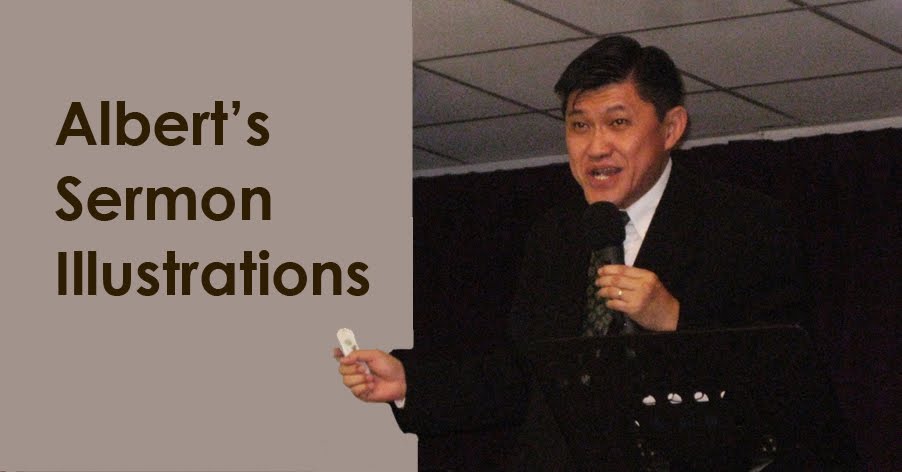 |
| Norman Cousins (1915 – 1990) |
In The Anatomy of an Illness: As Perceived by the Patient, Norman Cousins tells of being hospitalized with a rare, crippling disease. When he was diagnosed as incurable, Cousins checked out of the hospital. Aware of the harmful effects that negative emotions can have on the body, Cousins reasoned the reverse was true. So he borrowed a movie projector and prescribed his own treatment, consisting of Marx Brothers films and old "Candid Camera" reruns. It didn't take long for him to discover that 10 minutes of laughter provided two hours of pain free sleep. Amazingly, his debilitating disease was eventually reversed. After the account of his victory appeared in the New England Journal of Medicine, Cousins received more than 3000 letters from appreciative physicians throughout the world.
Today in the Word, MBI, December 18, 1991.
Norman Cousins also served as Adjunct Professor of Medical Humanities for the School of Medicine at the University of California, Los Angeles, where he did research on the biochemistry of human emotions, which he long believed were the key to human beings’ success in fighting illness. It was a belief he maintained even as he battled heart disease, which he fought both by taking massive doses of Vitamin C and, according to him, by training himself to laugh. He wrote a collection of best-selling non-fiction books on illness and healing, as well as a 1980 autobiographical memoir, Human Options: An Autobiographical Notebook. Late in life Cousins was diagnosed with a form of arthritis then called Marie-Strumpell's disease (ankylosing spondylitis), although this diagnosis is currently in doubt and it has been suggested that Cousins may actually have had reactive arthritis. His struggle with this illness is detailed in the book and movie Anatomy of an Illness.
Told that he had little chance of surviving. Cousins developed a recovery program incorporating megadoses of Vitamin C, along with a positive attitude, love, faith, hope, and laughter induced by Marx Brothers films. "I made the joyous discovery that ten minutes of genuine belly laughter had an anesthetic effect and would give me at least two hours of pain-free sleep," he reported. "When the pain-killing effect of the laughter wore off, we would switch on the motion picture projector again and not infrequently, it would lead to another pain-free interval."
Cousins received the Albert Schweitzer Prize in 1990. He died of heart failure on November 30, 1990, in Los Angeles, California, having survived years longer than his doctors predicted: 10 years after his first heart attack, 26 years after his collagen illness, and 36 years after his doctors first diagnosed his heart disease. He and his wife Ellen raised four daughters: Andrea, Amy, Candis, and Sarah Kitt. He is buried at the Hollywood Forever Cemetery.
Source: Wikipedia

No comments:
Post a Comment